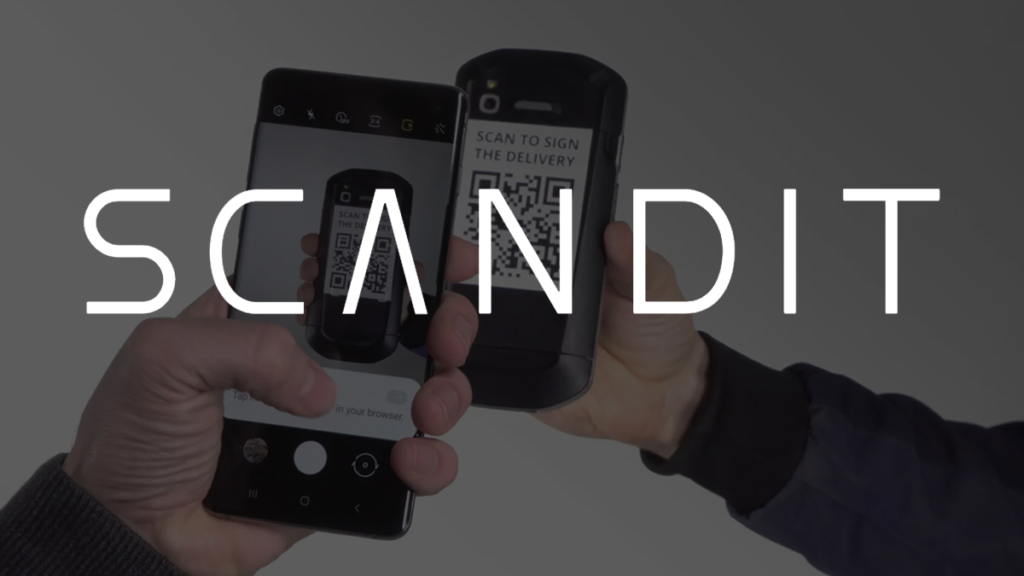The tech world often shows its best side in times of crisis. NDA’s new series showcases those companies and the solutions that they are building.
As the pandemic has continued to affect all our lives, we’ve also seen how it affects our everyday habits. One development is that customers don’t want to touch a device from delivery drivers to sign and confirm a delivery or pickup – and the drivers don’t want that either. The huge shift to online orders with home delivery or pick-up in stores, has made this an urgent problem.
Scandit has used its mobile computer vision technology to create a contactless proof of delivery web app that is quick for retailers and delivery companies to implement. Customers can use their own smartphone to scan a QR code which opens a webpage, then simply scan the barcode on the package and sign on their device to confirm a delivery or pickup. The process is easy, with no need to download anything or log into an account.
The contactless proof of delivery web app is for retailers and delivery companies that are striving to safeguard customers and employees during this time.
The technology is also being used by retailers wanting to accelerate their roll-out plans for self-scanning apps (Scan-and-Go) across stores. There is an obvious need for contactless shopping because of current social distancing restrictions and the need to minimise physical contacts and time taken shopping.
In an effort to make the web app as widely available as possible and support businesses during this time, Scandit are offering it free for six months to any company that can benefit from it. The web app is available from GitHub and can be quickly integrated with existing proof of delivery workflows. All businesses can contact us to get a free production licence key to deploy the contactless proof of delivery during the COVID-19 crisis.
The contactless proof of delivery web app was developed in response to customer requests that have arisen during the pandemic. Post and parcel businesses needed a way to ensure the safety of drivers and customers that were not comfortable signing for shipments on handheld devices.
On a broader level, COVID-19 is accelerating the move towards contactless business. Organisations are increasingly realising that the device in consumers hands can be used to provide contactless services – for employees and customers – with a simple, fast and intuitive user experience that limits exposure to the virus. Once the pandemic is over, Scandit believe there will be continued demand to support a contactless way of life. Mobile computer vision enables companies to pivot more towards contactless, and is easily integrated into existing workflows to help businesses take time and cost out of operations in retail, transportation and logistics, manufacturing and healthcare. It’s essentially moving routine processes and tasks onto mobile devices powered by high-performance barcode scanning software.
Scandit was founded in 2009 by three researchers from MIT, ETH Zurich, and IBM Research. What started as a new idea to make it possible for smartphones to scan barcodes (replacing traditional scanners) has turned into a market-leading technology company that uses mobile computer vision and augmented reality (AR) to effectively bring the Internet of Things to everyday objects.
Scandit enables enterprises and consumers to change the way they interact with everyday objects and augment the physical world with real-time data captured by scanning barcodes and recognising text, objects, and other visual identifiers using smartphones, tablets, wearables, drones, and robots.









